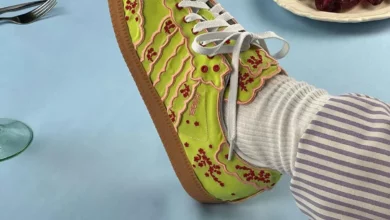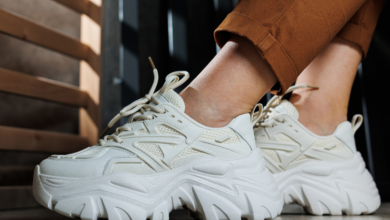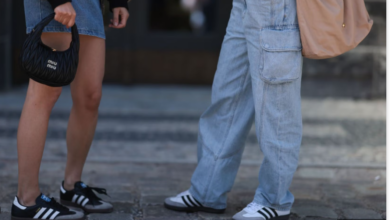
Step into the incredible world of sustainable fashion with The stylish.ae Exclusive. This captivating article takes you on a journey through the latest trends, innovative materials, and conscious brands that are revolutionizing the fashion industry. Discover how sustainable fashion is not only chic, but also a powerful way to make a positive impact on the planet. From eco-friendly fabrics to ethical production practices, this article showcases the designers and influencers who are leading the way towards a more stylish and sustainable future. Get ready to immerse yourself in the fascinating world of sustainable fashion and be inspired to make conscious choices in your own wardrobe.
What is Sustainable Fashion?
Sustainable fashion refers to the practice of creating clothing, accessories, and footwear in an environmentally and socially responsible manner. It is about incorporating sustainable practices and principles throughout the entire lifecycle of a product, from design and production to consumption and disposal. The aim is to minimize negative impacts on the planet and its inhabitants while promoting ethical and sustainable consumption choices.

Definition of Sustainable Fashion
At its core, sustainable fashion is about finding innovative ways to create clothing and accessories that don’t harm the environment or exploit workers in the process. It involves using materials and production methods that have a minimal impact on the planet, as well as ensuring fair working conditions and wages for all those involved in the supply chain. Sustainable fashion aims to protect and preserve natural resources, reduce waste, and promote a more sustainable future for the fashion industry.
Importance of Sustainable Fashion
Sustainable fashion is important for a multitude of reasons. Firstly, it helps reduce the negative environmental impact of the fashion industry, which is known to be one of the most polluting industries in the world. By using sustainable materials and production methods, the industry can significantly decrease its carbon footprint, water usage, and waste generation.
Secondly, sustainable fashion also addresses social issues within the industry, such as unfair labor practices and worker exploitation. By promoting ethical working conditions and fair trade practices, sustainable fashion brands strive to uplift and empower workers throughout the supply chain.
Lastly, sustainable fashion is important because it encourages conscious consumerism. It promotes the idea of buying less and choosing products that align with your values. By supporting sustainable brands and making mindful purchasing decisions, consumers can contribute to the growth of a more sustainable fashion industry.
Key Principles of Sustainable Fashion
There are several key principles that guide the practices of sustainable fashion. These principles include:
- Materials: Using sustainable and eco-friendly materials such as organic cotton, hemp, and recycled fabrics.
- Production: Implementing ethical manufacturing processes that prioritize fair treatment of workers, safe working conditions, and fair wages.
- Waste Reduction: Promoting practices that reduce waste generation and encourage recycling and upcycling of materials.
- Circularity: Embracing circular fashion practices, which involve designing products and systems that allow for reuse, recycling, and regeneration of materials.
- Transparency: Being transparent about supply chains, production processes, and the overall environmental and social impact of a brand’s operations.
Sustainable Fashion Brands
Sustainable fashion brands are those that prioritize ethical and sustainable practices throughout their entire supply chains. These brands strive to make a positive impact on the environment, society, and economy. Here are some popular sustainable fashion brands that have been leading the way in the industry:
Popular Sustainable Fashion Brands
- Patagonia: Patagonia is known for its commitment to environmental sustainability. The brand uses recycled materials and implements responsible manufacturing processes. They have also initiated various environmental and social campaigns, further highlighting their dedication to sustainability.
- Eileen Fisher: Eileen Fisher focuses on creating timeless and versatile pieces using sustainable materials such as organic cotton, linen, and recycled fibers. They also have a take-back program that allows customers to return their worn-out Eileen Fisher garments for recycling.
- Stella McCartney: Stella McCartney is a pioneer in ethical and sustainable fashion. The brand does not use any animal-derived materials and employs sustainable practices throughout its supply chain. They are known for their modern and eco-friendly designs.
Innovative Sustainable Materials Used by Brands
In addition to sustainable production methods, brands are embracing innovative materials that have a lower environmental impact. Some of these materials include:
- Tencel: Tencel is a fabric made from cellulose fibers derived from sustainably harvested trees. It is known for its softness and breathability, as well as its low environmental impact.
- Piñatex: Piñatex is a natural textile made from pineapple leaf fibers. It is a cruelty-free alternative to traditional leather and is also biodegradable.
- Recycled Polyester: Brands are increasingly using recycled polyester, which is made from post-consumer plastic bottles. This helps reduce reliance on virgin polyester, which is derived from nonrenewable resources.
Innovative materials like these are paving the way for a more sustainable and eco-friendly fashion industry.
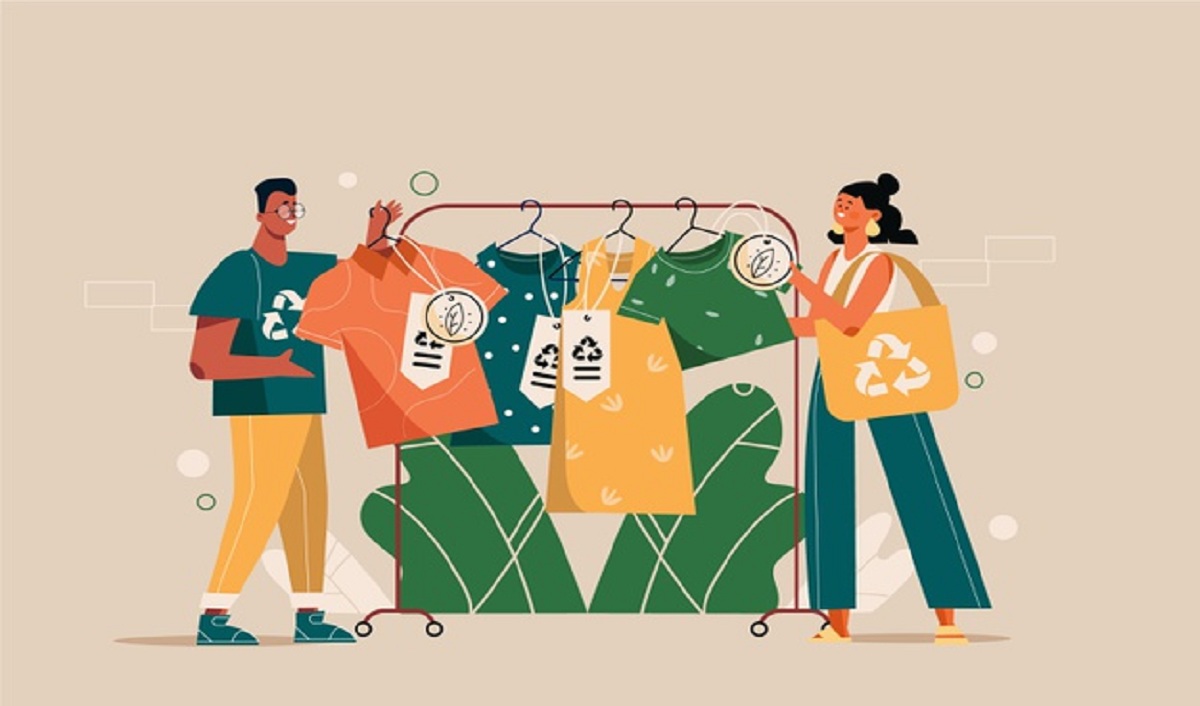
Benefits of Sustainable Fashion
Sustainable fashion brings a plethora of benefits, not only to the environment but also to society and the economy. Let’s take a closer look at each of these benefits:
Environmental Benefits
One of the primary benefits of sustainable fashion is its positive impact on the environment. By using organic and recycled materials, brands reduce the demand for virgin resources, such as cotton and petroleum. This helps conserve natural resources and prevents further destruction of ecosystems.
Sustainable fashion also reduces water usage and pollution. Traditional fabric production processes involve the use of large amounts of water and the release of toxic chemicals into water bodies. By adopting sustainable practices, brands can minimize water pollution and consumption, contributing to the conservation of this precious resource.
Additionally, sustainable fashion promotes waste reduction and recycling. By creating garments that are built to last and encouraging consumers to recycle or upcycle their clothing, the amount of textile waste that ends up in landfills can be significantly reduced.

Social Benefits
Sustainable fashion also focuses on improving social conditions within the industry. By implementing fair trade practices, brands ensure that workers receive fair wages and are provided with safe working conditions. This helps empower and support workers, especially in developing countries where the fashion industry plays a significant role in the economy.
Moreover, sustainable fashion promotes inclusivity and diversity. By working with artisans from different backgrounds and cultures, brands ensure that traditional craftsmanship and skills are preserved. This not only celebrates cultural diversity but also ensures that these skills are passed down to future generations.
Economic Benefits
Contrary to popular belief, sustainable fashion can also have positive economic impacts. While the initial costs of sustainable clothing may be higher due to the use of eco-friendly materials and ethical production practices, the long-term benefits outweigh the price difference.
Sustainable fashion encourages consumers to invest in well-made, durable pieces that last longer. This shift towards quality over quantity reduces the need for constant replacement of garments, resulting in cost savings for individuals in the long run. Additionally, the focus on transparency and ethical practices in sustainable fashion can help build trust between brands and consumers, leading to stronger brand loyalty and increased sales.
By embracing sustainability, the fashion industry can create a more resilient and profitable business model that benefits both companies and consumers.
Steps Towards Sustainable Fashion
Achieving a sustainable fashion industry requires collective efforts and concrete actions. Here are some important steps that can be taken to move towards a more sustainable future:
Reducing Textile Waste
A key step towards sustainable fashion is reducing textile waste. Brands can do this by:
- Implementing strategies to reduce the amount of fabric waste generated during production.
- Encouraging consumers to repair and mend their clothes instead of discarding them.
- Embracing innovative recycling technologies to turn textile waste into new fibers.
Using Eco-Friendly Materials
Another crucial step is using eco-friendly materials. Brands can:
- Switch to organic and recycled materials, reducing reliance on nonrenewable resources.
- Explore innovative materials such as pineapple leaf fibers and mushroom leather.
- Develop and invest in research for sustainable alternatives to synthetic fibers.
Embracing Circular Fashion Practices
Embracing circular fashion practices is essential for a sustainable fashion industry. Brands can:
- Design products with longevity in mind, focusing on durability and timeless styles.
- Implement take-back programs to collect and recycle old garments.
- Promote rental and second-hand markets to extend the lifespan of clothing items.
By taking these steps, the fashion industry can work towards minimizing its impact on the environment and establishing a more sustainable and circular approach to fashion.

The Role of Consumers
Consumers play a crucial role in shaping the future of sustainable fashion. By adopting ethical shopping habits and supporting sustainable brands, individuals can drive positive change in the industry. Here are some ways consumers can contribute:
Ethical Shopping Habits
Developing ethical shopping habits is an important step towards sustainable fashion. Consumers can:
- Prioritize quality over quantity, investing in well-made pieces that last longer.
- Avoid fast fashion and opt for sustainable brands that prioritize ethics and sustainability.
- Educate themselves about the environmental and social impact of the fashion industry.
Supporting Sustainable Brands
Supporting sustainable brands is another impactful way consumers can contribute. This can be done by:
- Researching and choosing brands that align with sustainable values and practices.
- Prioritizing transparency and supporting brands that provide information about their supply chains and production processes.
- Sharing and promoting sustainable fashion brands through social media and word-of-mouth.
Choosing Quality over Quantity
Choosing quality over quantity is a mindset shift that can have a significant impact on sustainable fashion. By investing in well-made and timeless pieces, consumers can:
- Reduce the demand for fast fashion and its negative impact on the environment and workers.
- Save money in the long run by having a smaller but higher-quality wardrobe.
- Showcase personal style and creativity by curating a collection of unique and long-lasting garments.
By making conscious choices and supporting sustainable brands, consumers can create a demand for more sustainable and ethical fashion options.
Sustainable Fashion Movements
Sustainable fashion movements are gaining traction worldwide, promoting alternative approaches to consumption and production. These movements encourage individuals to adopt practices that align with sustainability principles. Some of the notable movements include:
Minimalism in Fashion
Minimalism in fashion promotes the idea of owning fewer but high-quality items. By embracing a minimalist wardrobe, individuals can:
- Reduce the amount of clothing waste generated.
- Focus on versatile pieces that can be mixed and matched.
- Cultivate a sense of personal style based on simplicity and timeless designs.
Thrifting and Second-hand Shopping
Thrifting and second-hand shopping have become popular ways to support sustainable fashion. By buying pre-owned clothing, individuals:
- Extend the lifespan of garments and reduce the demand for new clothing production.
- Discover unique and one-of-a-kind pieces.
- Save money by purchasing items at a lower cost.
Upcycling and DIY Fashion
Upcycling and DIY fashion involve transforming old or unused garments into new pieces. By embracing these practices, individuals can:
- Reduce textile waste by repurposing and giving new life to old clothes.
- Showcase creativity and individual style by creating unique and customized pieces.
- Reduce the need for purchasing new clothing items.
These sustainable fashion movements empower individuals to take control of their consumption habits and make a positive impact on the environment.
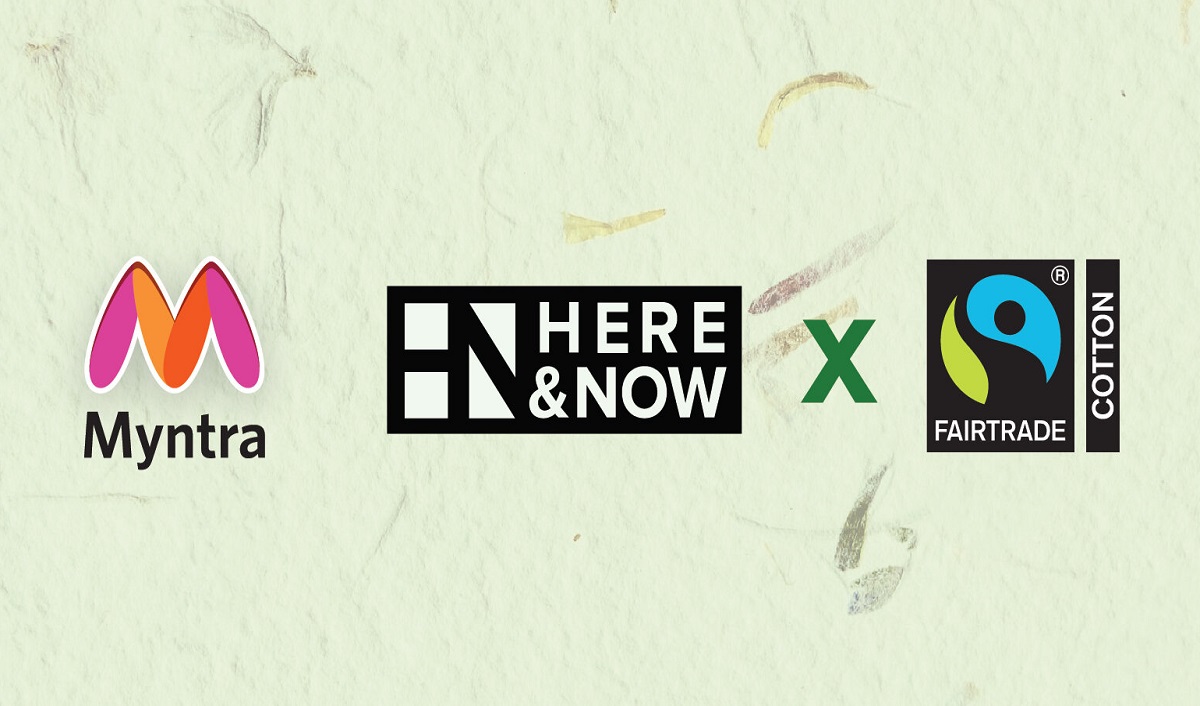
Fashion Industry’s Impact on the Environment
The fashion industry’s impact on the environment is undeniable. From water pollution and excessive consumption to carbon emissions and waste generation, the industry contributes to various environmental issues. Here are some of the significant environmental impacts caused by the fashion industry:
Water Pollution and Excessive Consumption
The fashion industry is considered one of the largest consumers and polluters of water. The process of dyeing fabrics, among other manufacturing processes, requires substantial amounts of water. Inadequate wastewater treatment and the release of toxic chemicals into rivers and oceans result in water pollution and ecosystem degradation.
Additionally, the demand for water-intensive crops, such as cotton, exacerbates the water scarcity issue in regions where these crops are grown. The fashion industry’s excessive consumption of water contributes to the depletion of valuable freshwater resources.
Carbon Emissions and Climate Change
The fashion industry is a significant contributor to greenhouse gas emissions. From the production of textiles to garment manufacturing, transportation, and retail operations, each stage of the fashion lifecycle results in carbon emissions. These emissions contribute to climate change and its associated impacts, such as extreme weather events and rising global temperatures.
Moreover, the fashion industry relies heavily on fossil fuels in various stages of the supply chain, from synthetic fiber production to transportation. This reliance on nonrenewable resources further exacerbates the industry’s carbon footprint.
Waste Generation and Landfill Issues
The fashion industry generates a staggering amount of waste. Fast fashion, characterized by low-quality garments designed for short-term use, contributes to this waste generation. Clothing items that end up in landfills do not degrade quickly, leading to long-lasting environmental consequences.
Furthermore, the fashion industry’s linear production model, which follows a “take-make-waste” approach, means that valuable resources are extracted, utilized in production, and eventually discarded. This linear system leads to excessive consumption of raw materials and perpetuates the cycle of waste generation.
Fashion Industry’s Social Responsibility
The fashion industry has a social responsibility to ensure fair labor practices, uphold human rights, and promote diversity and inclusion. Unfortunately, labor rights abuses are prevalent in the industry, with issues such as child labor, unsafe working conditions, and unfair wages plaguing global supply chains. Here are some key social responsibility aspects that the fashion industry needs to address:
Labor Rights and Fair Trade
One of the primary social responsibilities of the fashion industry is to ensure the protection of labor rights. This includes:
- Providing fair wages and safe working conditions for all workers throughout the supply chain.
- Upholding internationally recognized labor standards and codes of conduct.
- Collaborating with labor unions and organizations to address workers’ concerns and improve working conditions.
Eliminating Child Labor and Exploitation
Child labor is a widespread issue in the fashion industry, particularly in developing countries. Fashion brands and companies have a responsibility to:
- Implement strict policies and procedures to ensure zero tolerance for child labor.
- Regularly monitor their supply chains to identify and eliminate child labor.
- Support initiatives and organizations working towards eradicating child labor and improving children’s access to education.
Promoting Diversity and Inclusion
The fashion industry should embrace diversity and promote inclusion at all levels, from models and designers to employees and consumers. Some key actions to promote diversity and inclusion include:
- Casting a diverse range of models to represent different ethnicities, body types, and ages.
- Collaborating with designers and creatives from diverse backgrounds.
- Creating inclusive marketing and advertising campaigns that reflect the diversity of society.
By actively addressing these social responsibility aspects, the fashion industry can foster a more inclusive, fair, and equitable environment for all.
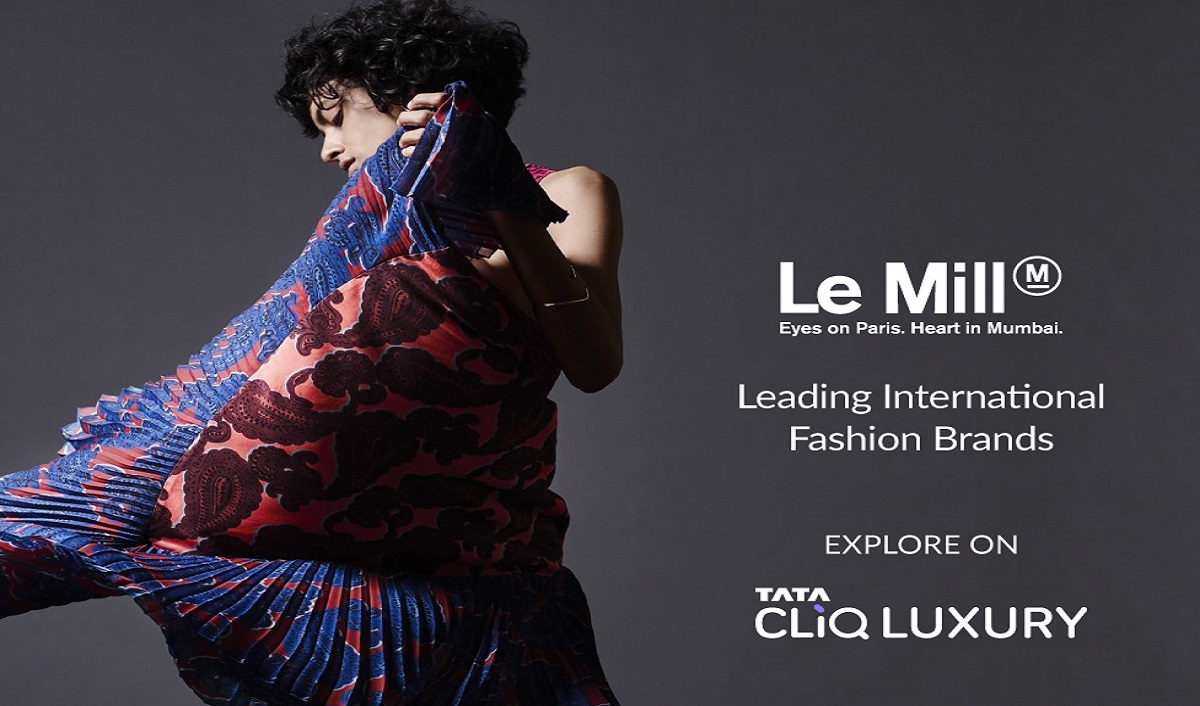
Innovation and Technology in Sustainable Fashion
Innovation and technology play a crucial role in advancing sustainable practices within the fashion industry. Here are some innovative approaches and technologies that are shaping the future of sustainable fashion:
Biodegradable Fabrics and Textiles
The development of biodegradable fabrics offers an eco-friendly alternative to traditional textiles. These fabrics are designed to break down naturally, reducing the environmental impact of discarded garments. Some examples of biodegradable fabrics include:
- Mushroom leather: Made from mushroom mycelium, this material is a sustainable alternative to animal leather.
- Algae-based textiles: Algae can be harvested and processed into fibers that can be used to create biodegradable fabrics.
3D Printing and Sustainable Manufacturing
3D printing is revolutionizing the manufacturing process in the fashion industry. It allows for precision and customization, minimizing waste and reducing the need for excessive production. Additionally, 3D printing enables the use of recycled materials, making it a sustainable manufacturing option.
By adopting 3D printing and other sustainable manufacturing technologies, brands can reduce their carbon footprint and generate less waste during the production process.
Digital Platforms for Sustainable Fashion
Digital platforms are emerging as valuable tools for promoting and supporting sustainable fashion. They enable brands to:
- Provide transparency by sharing information about their supply chains and sustainability practices.
- Educate consumers about the environmental and social impact of the fashion industry.
- Facilitate the resale and exchange of pre-owned clothing, promoting a circular fashion economy.
Such platforms empower consumers to make informed decisions and support sustainable fashion, contributing to a more environmentally and socially responsible industry.
Challenges and Future of Sustainable Fashion
While sustainable fashion has made significant strides, it still faces challenges that need to be addressed for a truly sustainable future. Here are some of the challenges and potential solutions for the future:
Cost and Affordability Challenges
One of the primary challenges of sustainable fashion is affordability. Sustainable materials and ethical production practices often come at a higher cost, making sustainable clothing less accessible to a broader range of consumers. To overcome this challenge, the industry can:
- Invest in research and development to find cost-effective sustainable alternatives.
- Collaborate with policymakers and stakeholders to create incentives and subsidies for sustainable fashion brands.
- Educate consumers about the long-term cost benefits and value of sustainable fashion.
Education and Awareness
Many consumers are still unaware of the environmental and social impact of the fashion industry. Addressing this lack of awareness and education is crucial for driving change. The industry can:
- Collaborate with educational institutions to incorporate sustainability into fashion and design curricula.
- Organize awareness campaigns and events to highlight the importance of sustainable fashion.
- Use digital platforms and social media to educate and engage consumers on sustainable fashion practices.
By increasing education and awareness, individuals can make more informed choices and demand a more sustainable fashion industry.
Collaboration for a Sustainable Future
Creating a sustainable fashion industry requires collaboration among various stakeholders, including brands, consumers, policymakers, and NGOs. Collaboration can lead to:
- Shared knowledge and best practices that can be implemented industry-wide.
- Innovation and creativity in finding sustainable solutions to industry challenges.
- Collective bargaining power to hold brands accountable for their environmental and social impact.
By working together, stakeholders can shape the future of the fashion industry and pave the way for a more sustainable and ethical fashion landscape.
In conclusion, sustainable fashion is a movement towards a more responsible and ethical industry. By adopting sustainable practices, using eco-friendly materials, embracing circular fashion, supporting ethical brands, and making conscious shopping choices, we can collectively contribute to the growth of a more sustainable future for fashion. With the collaboration of brands, consumers, policymakers, and other stakeholders, we can overcome challenges and build a fashion industry that values people and the planet. Let’s dive into the world of sustainable fashion and create a positive impact together!


